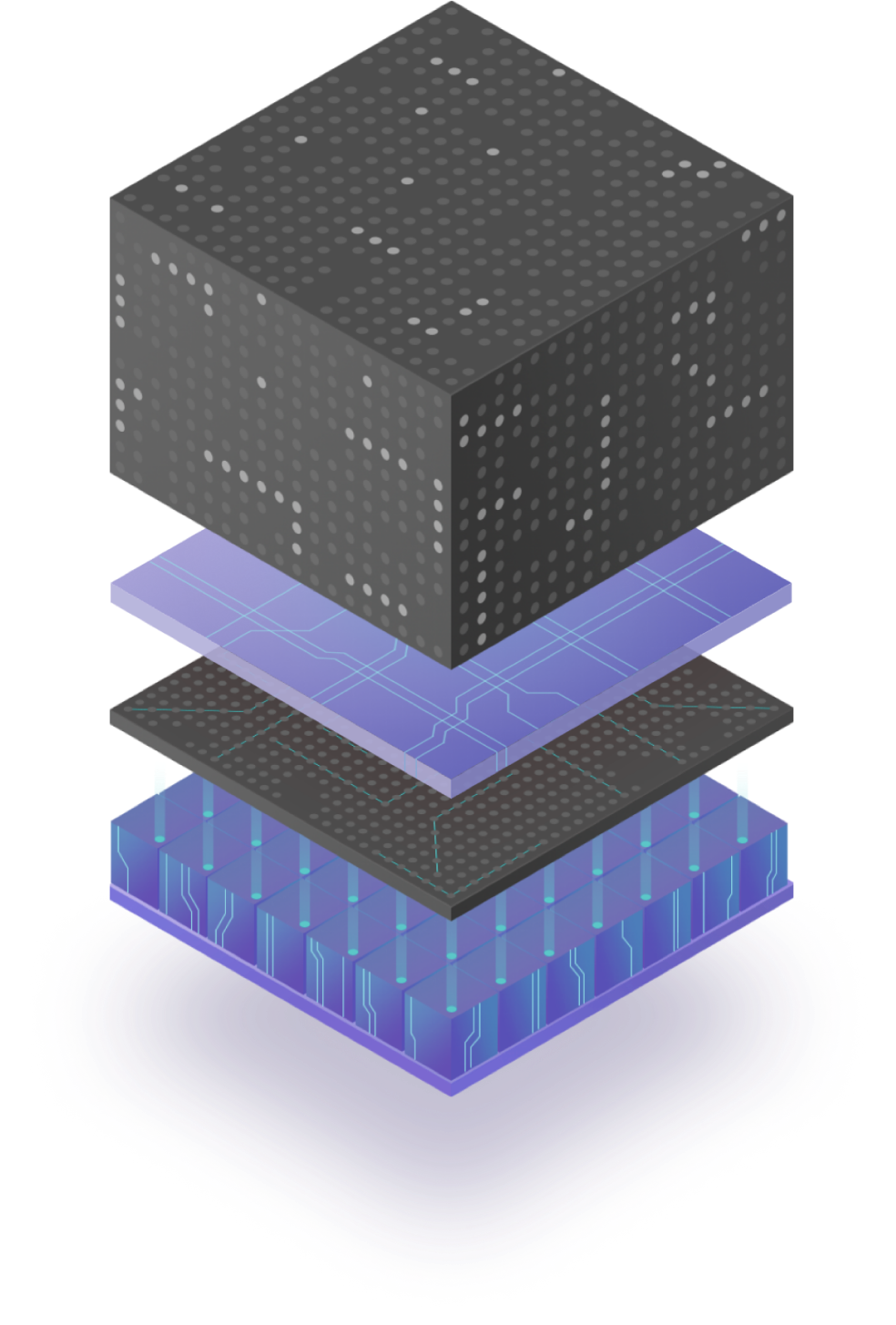Actor Model
A single canister smart contract has one thread of execution for updates, but the Internet Computer can execute a massive number of canisters in parallel. In addition, we make a distinction between requests that need to update the state of a canister, and queries, which cannot modify the state of a canister.


How It Works
The programming model of the Internet Computer consists of memory-isolated canisters communicating by asynchronous message passing of binary data encoding Candid values. A canister processes its messages one-at-a-time, preventing race conditions. A canister uses call-backs to register what needs to be done with the result of any inter-canister messages it issues.
Canisters as actors
The actor model is a mathematical model of concurrent computation, where, in response to a message, an actor can modify its state, send messages, and create more actors.
A canister is like an actor in many respects. For example, an actor has:
- a private state that can only be modified by the canister itself
- a single thread of execution, so it does not need lock-based synchronization
- the ability to communicate with other canisters through asynchronous messages
- the ability to create new canisters
An important difference between traditional actors and canisters is that canisters on the Internet Computer have bidirectional message passing. Messages are divided into requests and responses, where requests can be replied to and the Internet Computer keeps track of the callback for responses.
In actor terminology, each actor has a mailing address that is used to receive messages. A canister also has a mailing address, which happens to look similar to an IPv6 address.
While a canister's update throughput is limited by consensus of the blockchain and the single thread of execution, a canister can serve hundreds of queries concurrently, achieving throughput in the order of thousands of queries per second, and latency measured in milliseconds.
To complete this picture, it should be added that end users also participate as actors in the model. This means that browsers and mobile apps can directly perform update and query operations on canisters.
In addition, the Motoko programming language, which is tailored to the Internet Computer, is inspired by the actor model.
Build fast dapps. Quickly.
Get started today.
